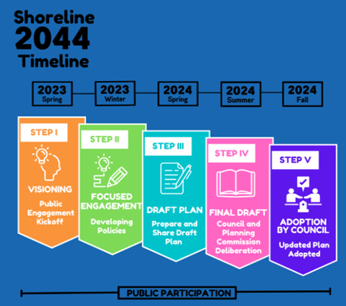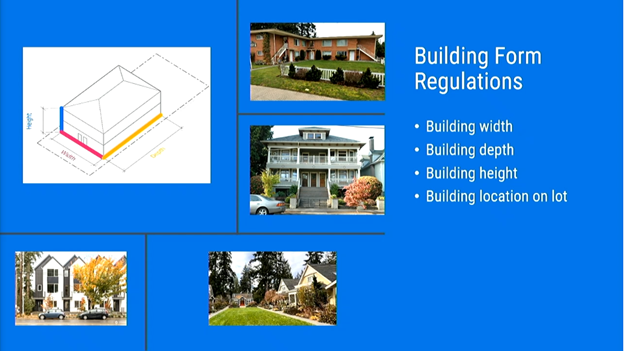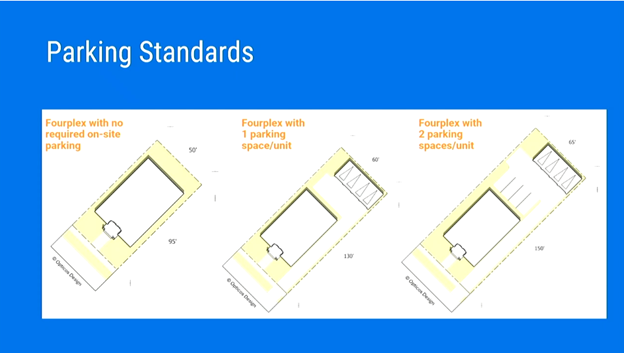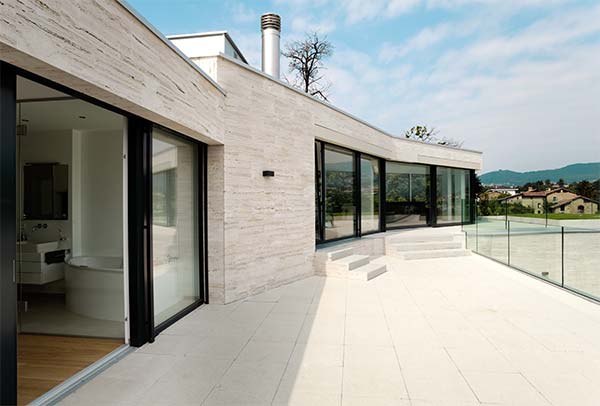
House Bill 1110 and Shoreline
Shoreline appears to already be well on their way to incorporating middle housing. We first dove deep into a video from Shoreline from their Home Improvement Workshop Presentation in April 2024 to catch up on where they are planning to go with HB1110 compliance. The video with Elise Keim, planning manager with Shoreline, went into great detail from a number of angles with this presentation and gave a fantastic overview of how the middle housing process will work overall and how it is impacting communities across the state as a result of implementation. Timeline for Shoreline is tracking as per the chart above, once again, against the city’s comprehensive plan limitations so we’re likely looking at implementation of the middle housing code itself sometime in 2025. Shoreline’s video covers a lot of factors in adapting middle housing within the city, so let’s roll through what Elise shared here for some key points to align everyone:
BUILDING FORMS – Shoreline is targeting regulating middle housing by controlling building dimensions in many ways. HB1110 requires more density but doesn’t tell the cities how they do it. Therefore, city staff needs to be able to handle plan reviews along with design review in an efficient, accurate manner so that middle housing projects move through the plan review process similar to a single-family residence project. Shoreline is targeting major dimensions like building width/depth and height, as well as setbacks and location on the lot. Similar to before, but additional design restrictions such as location of unit entries (ie are they facing the street?) will be likely factors as well. Some of these restrictions will be similar to existing single family zoning code requirements, while others will be new and/or only familiar if you are experienced in multifamily sites and zoning codes.

PARKING – Parking is another factor. HB1110 requires jurisdictions to NOT require parking if sites are located within specified distances to transit hubs and other factors, so how a site looks will be hugely impacted depending on how much parking is provided. Market conditions often dictate providing more parking on site than required by zoning, particularly if home buyers in that area expect minimum parking quantities.

EXISTING BUILDINGS – existing buildings can be converted into middle housing (great!) but could be triggering change in codes to IBC / IEBC which means a regular homebuilder comfortable with IRC provisions may be biting off a bit more to chew than normal. You can still do unit lot subdivisions though, even with existing buildings, so this is another great way middle housing can be implemented within existing neighborhoods.


We’ll continue watching Shoreline to see how they progress with their comp plan updates and then the timeline for implementing middle housing. Thanks for reading!








No Comments
Sorry, the comment form is closed at this time.